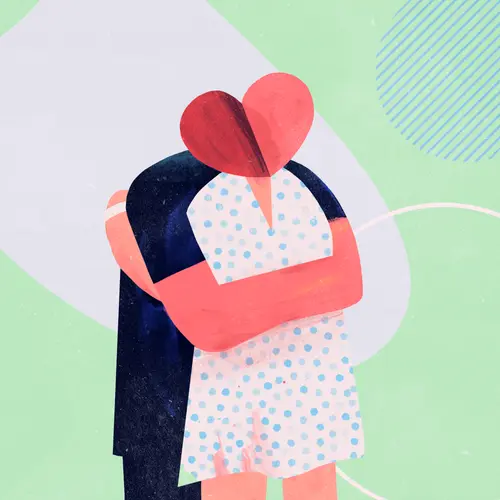What Is a Swollen Eyelid?
A swollen eyelid happens when fluid collects in the tissues around your eye. You might also have itching or pain.
Swollen Eyelid Causes
A swollen eyelid is often a symptom of another medical condition, including:
- Allergies
- Inflamed eyelids (blepharitis)
- Pinkeye (conjunctivitis)
- Shingles
- A clogged oil gland in your eyelid (chalazion)
- An eyelid infection (stye)
- An infection around your eye socket (orbital cellulitis)
- Thyroid conditions, such as Graves’ disease
When Should You See a Doctor?
Eyelid swelling usually goes away on its own within a day or so. If it doesn't get better in 24-48 hours, see your eye doctor. If you have a fever, vision loss, double vision, or if one or both of your eyes are abnormally protruding or bulging, you should see a doctor right away. They’ll ask about your symptoms and look at your eye and eyelid. They’ll also check for clues about what’s causing the swelling, such as skin changes or pain.
Swollen Eyelid Treatment
Treatment of a swollen eyelid depends on the cause. If you have an infection, you may need to use antibiotic eye drops, ointment, or cream to help clear up your symptoms. If that doesn't help, your doctor might give you antibiotics to take by mouth. You also may take a steroid medication.
To ease your symptoms, take care of your eyes and keep the area around them clean:
- Apply a compress. Putting a clean, wet cloth on your eyes twice a day for 15 minutes at a time will loosen the crust from your eyelashes and help get rid of extra oil that might be plugging up your glands.
- Gently wash the area. After you take off the compress, use a cotton swab or washcloth to lightly clean your lids with a mixture of baby shampoo and water. Rinse well afterward.
- Give your eyes a rest. Until your symptoms get better, don't wear eye makeup or contact lenses.
- Care for dry eyes. Use over-the-counter artificial tears to keep your eyes moist. Antihistamine drops can help with allergies.
Eyelid Treatment Follow-up
Avoid wearing contact lenses until the condition improves.
If you seek medical help, the health care provider will do an eye exam and may do some tests. Treatment will depend on the cause of inflammation. If the cause is an infection, the health care provider will prescribe an antibiotic ointment.

